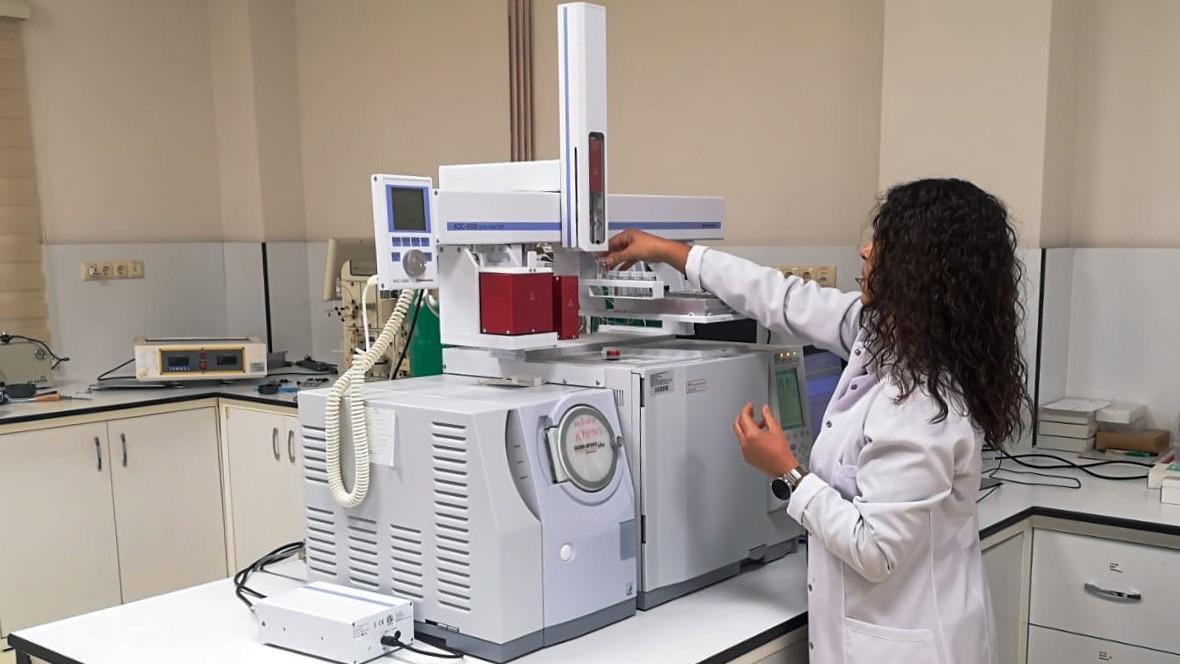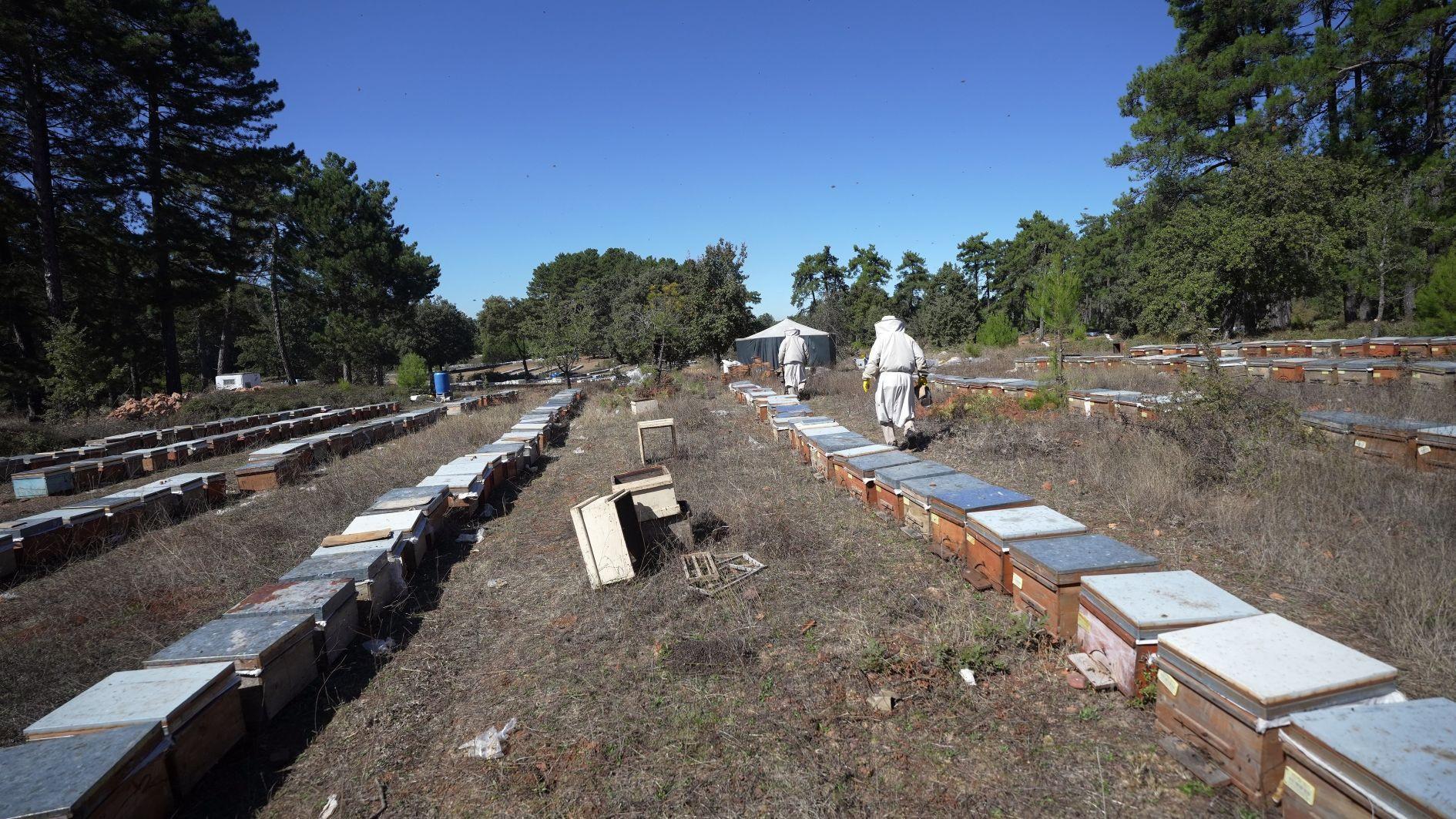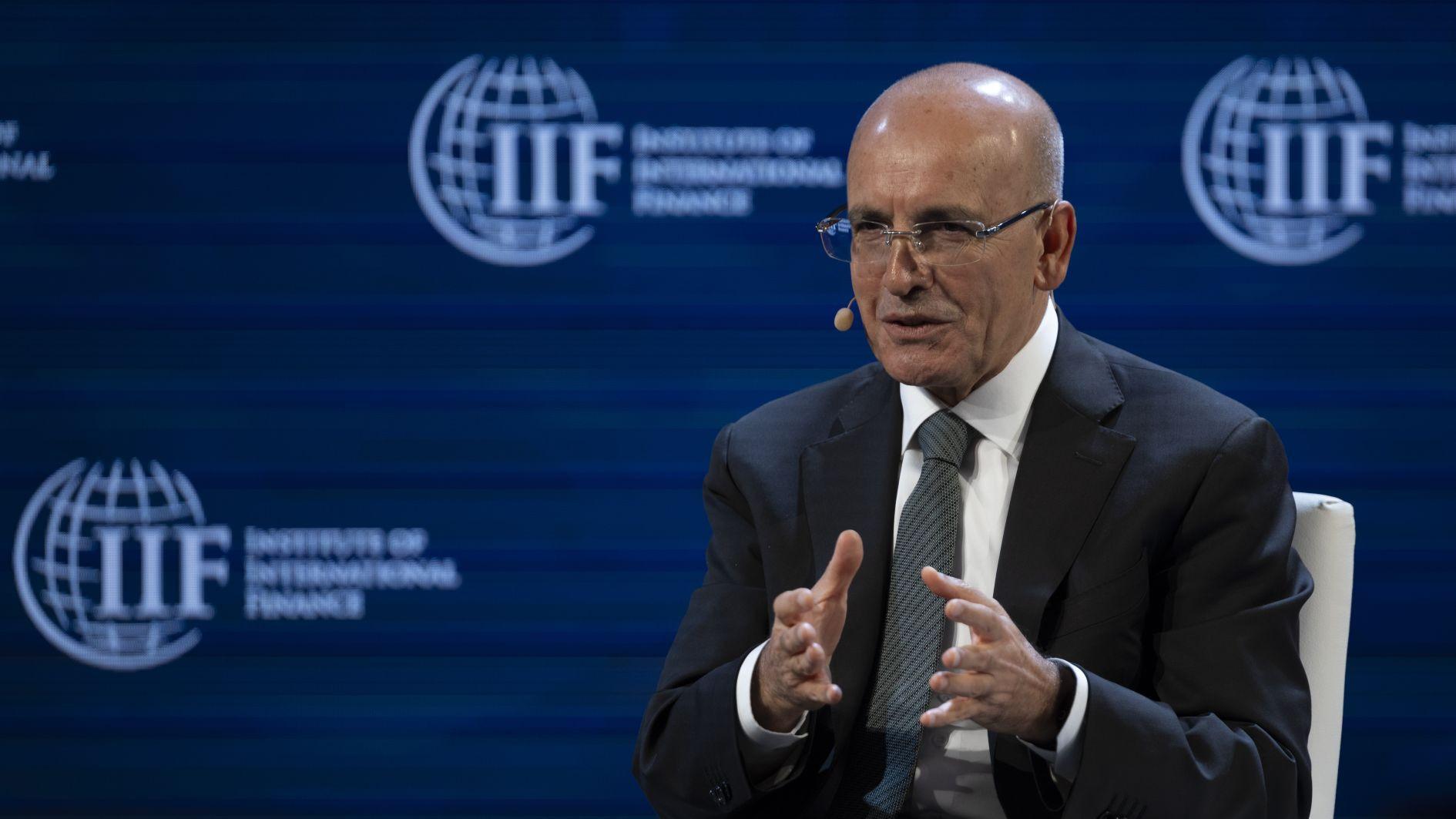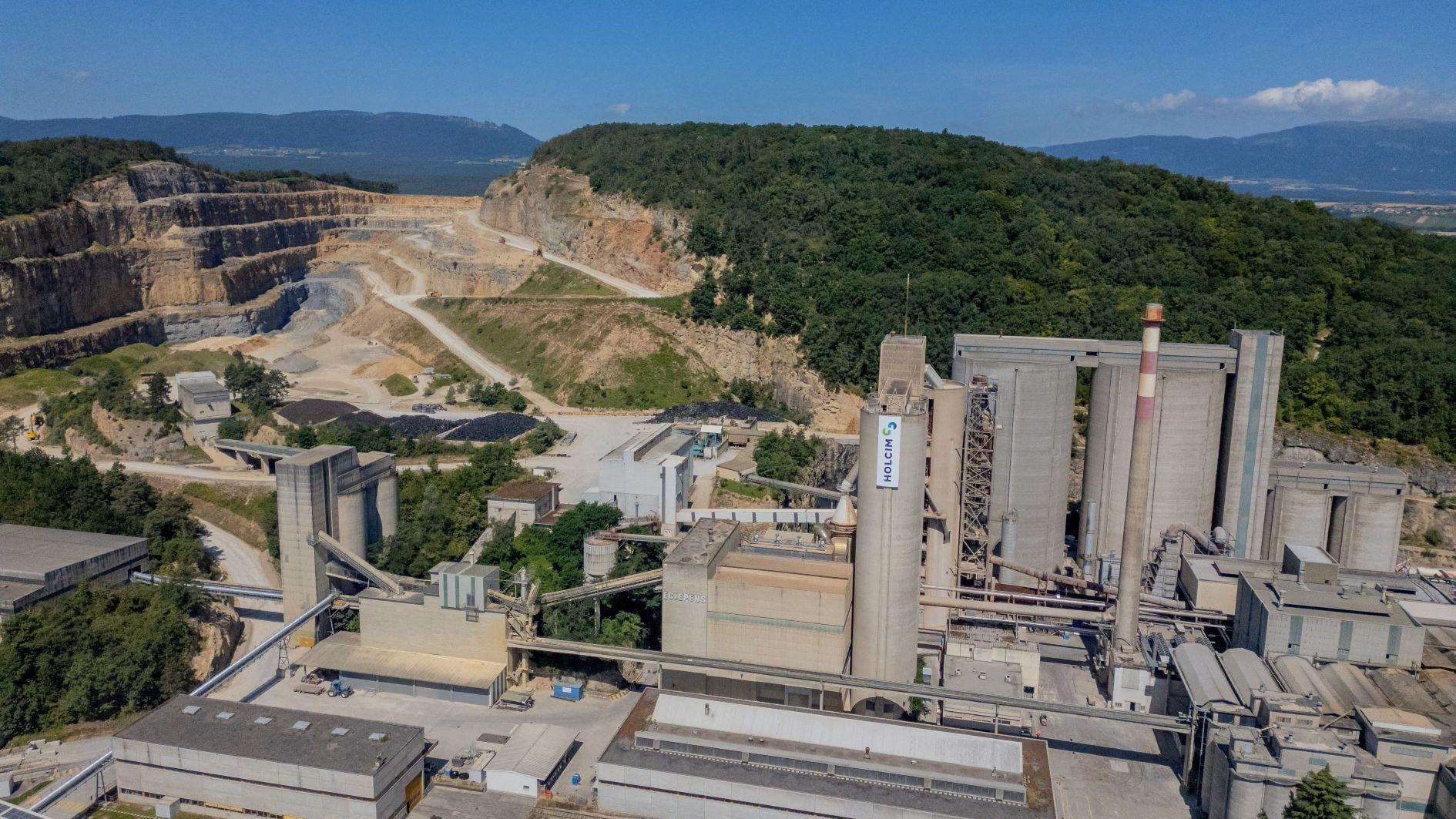Protective shelter completed over House of the Muses
GAZİANTEP
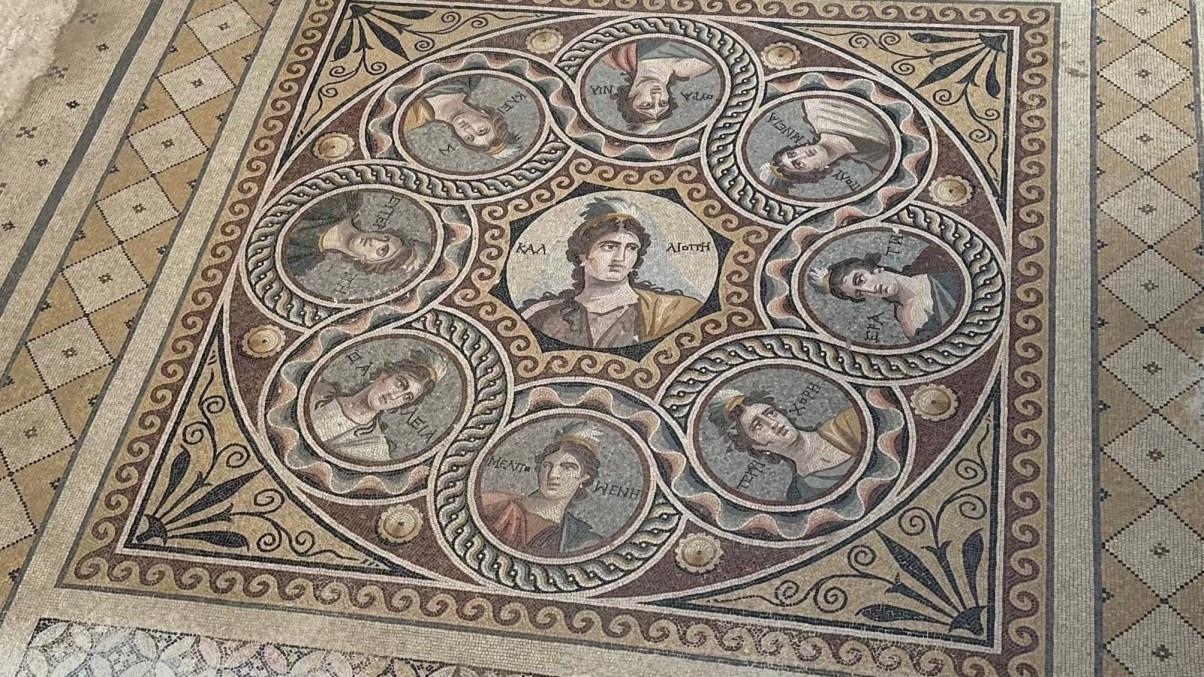
The construction of a protective shelter has been completed over the House of the Muses in the southeastern province of Gaziantep's ancient city of Zeugma, preserving its world-renowned mosaics from environmental damage while enhancing visitor access to this iconic Roman villa.
According to a statement from the bank, the project, carried out under the coordination of Gaziantep Governor’s Office, was designed to protect the mosaics while enabling visitors to tour the site comfortably. Türkiye İş Bankası Deputy General Manager Suat Sözen, İş Sanat General Manager Zuhal Üreten and local officials visited the area to inspect the newly built structure.
During the visit, Professor Kutalmış Görkay, head of the excavations and a faculty member at Ankara University’s Department of Classical Archaeology, joined the delegation for the ongoing work and findings.
Between 2012 and 2019, Türkiye İş Bankası supported archaeological excavations at the House of the Muses, helping to unearth and deliver 938 artifacts to the Gaziantep Archaeology Museum. The new shelter, designed with the region’s climatic conditions in mind, will protect the mosaics from environmental effects and is expected to open to visitors soon.
The bank first supported excavations at Zeugma in the early 2000s, later extending its contribution to the House of the Muses, one of the best-preserved Roman villas in the ancient city.
Under Görkay’s leadership, excavations began in 2007 and continued between 2012 and 2019. The villa, named after the nine Muses depicted in its intricate mosaics — symbols of art, history, music, astronomy and philosophy — has since become one of Zeugma’s key attractions.
“The House of the Muses will now be protected from external factors and open for visitors to explore more comfortably,” İş Bankası Deputy General Manager Suat Sözen said.
“Such archaeological work, which reveals millennia of historical and cultural memory, not only sheds light on the past but also guides the present and future. These works require long-term dedication and consistent support to be sustainable,” he added.
Sözen noted that Türkiye’s ancient cities continue to offer new insights into human civilization. “From the Hittites to the Romans and the Ottomans, the traces of countless civilizations are visible across Anatolia. Each excavation deepens our understanding of this shared heritage,” he said.
Görkay also highlighted the significance of the House of the Muses, describing it as one of Zeugma’s finest Roman homes, notable for its well-preserved mosaics and frescoes dating from the late 1st to early 2nd century A.D..
“Zeugma, located at the crossroads of Eastern and Western cultures, is a city where civilizations met and blended. Through archaeology, we try to understand the real stories of these cultures and what they left behind,” Görkay said.
The bank also provided financial and logistical support to excavations at other major ancient sites, including Nysa in Aydın, Stratonikeia in Muğla, Tripolis and Laodikeia in Denizli, Patara in Antalya and Teos in İzmir. It has also contributed to the Japanese Institute of Anatolian Archaeology’s work in Kaman, Kırşehir.


